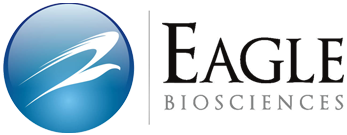
The Calprotectin ELISA Kit was utilized in a recent publication. Scientists investigated the impact of repeated microbiome elimination on intestinal immunity and disease susceptibility. Check out the abstract and access to the full text below.
Abstract
Chronic gastrointestinal diseases are a significant global health burden that can require the use of gastrointestinal-cleansing regimens for diagnostics or therapeutic treatment. These regimens are beneficial for facilitating surgical preparation, drug delivery, colorectal cancer screenings, and personal use is common among proponents of natural health and among certain populations at high risk of HIV acquisition. It remains unclear, however, whether repeated clearance of the colonic microbiome induces persistent changes in the microbiome, intestinal immunity, and viral disease susceptibility. We addressed these parameters by repeatedly administering iso-osmolar enemas to rhesus macaques prior to low-dose intra-rectal challenge with simian immunodeficiency virus (SIV). Considering both longitudinal and cross-sectional analyses, we observed no consistent changes in the fecal microbiome or intestinal immune parameters of treated animals, nor were significant differences observed in susceptibility to SIV acquisition. Unexpectedly, enema-treated animals exhibited significantly lower setpoint viral loads after infection, although we were unable to clearly identify attributing causes. Our study demonstrates that repeated microbiome clearance using clinically administered iso-osmolar enemas is not sufficient to restructure the fecal microbiome, perturb intestinal immune parameters, or increase susceptibility to mucosal SIV challenge. This research framework serves as a model for the development of colonic-administered diagnostics and interventions.
If you have any questions about this product or any of our other offerings, contact us here.




